Global rice prices fluctuated strongly, falling to the lowest level in the past 3 years, significantly affecting Vietnam's rice exports.
Reporter: Can you explain the reasons why rice export prices have dropped sharply since the end of 2024?
- Mr. BUI TRUNG THUONG - Counselor, Head of the Trade Office of the Embassy of Vietnam in India: There are many reasons for the global rice price to fall to its lowest level in the past 3 years. The main reason is that major rice importing countries such as the Philippines, Indonesia, and China have reduced their imports while major rice exporting countries such as India, Thailand, and Pakistan have increased their supply. This has created fierce price competition among exporting countries and Vietnam has been significantly affected when the rice price has fallen to its lowest level compared to other countries.
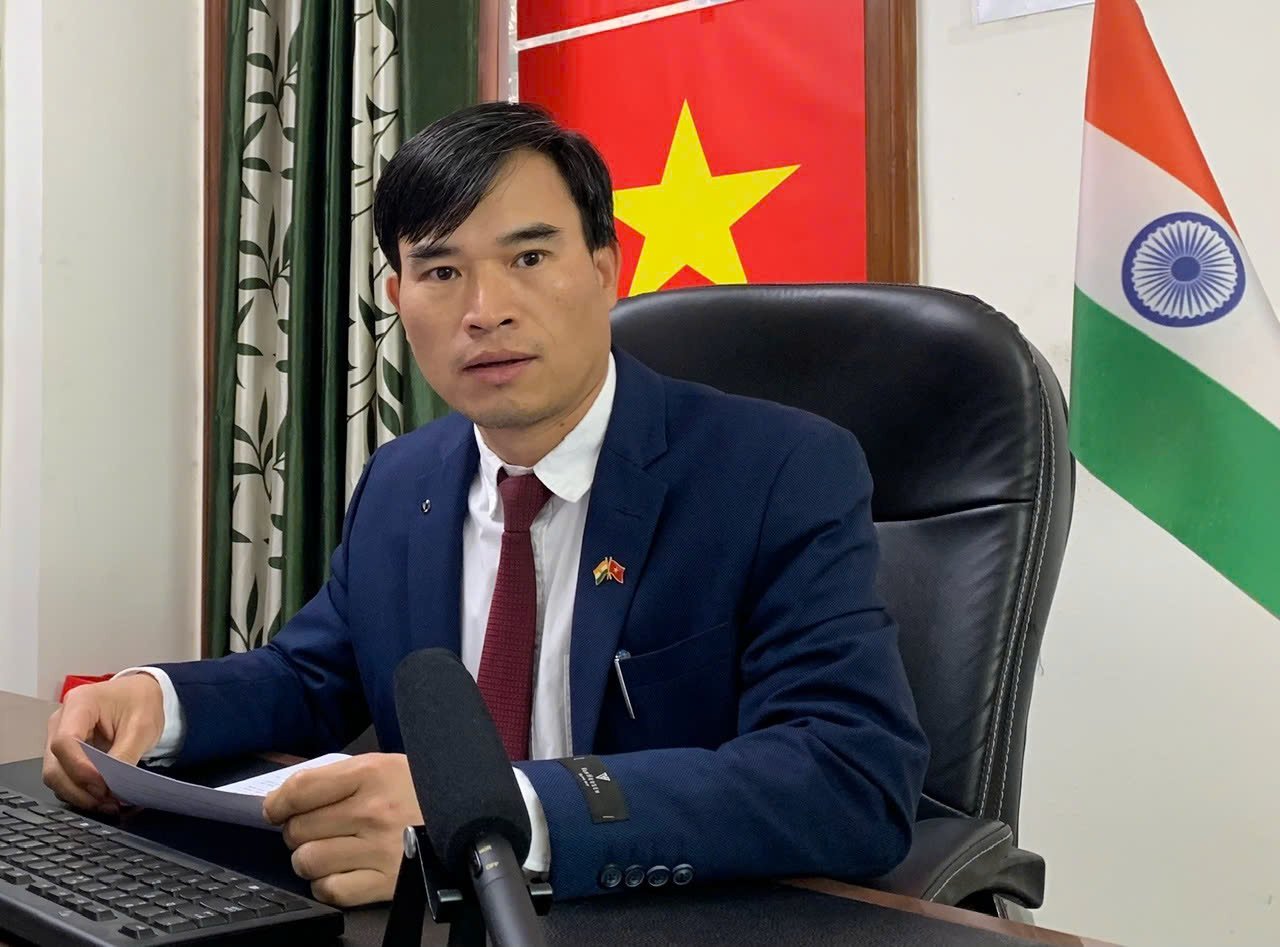
Mr. Bui Trung Thuong - Counselor, Head of Commercial Office, Embassy of Vietnam in India
India has recently proactively adjusted its production and export policies, improving the quality and value of rice while paying attention to the interests of its people and ensuring food security. This country has built a fairly flexible rice export management strategy, balancing the interests of farmers, domestic consumers and international trade.
For example, in the period 2022-2023, when global food prices increased, India imposed a ban on the export of 100% broken rice and regular rice to protect domestic supplies. When supplies returned to abundance, the world's largest rice exporter lifted the ban on the export of regular rice but imposed a minimum price of 490 USD/ton. Then, realizing that there was still export potential, India decided to remove the floor price for exporting regular rice, causing global rice prices to fluctuate strongly.
How will India's sudden move to lift the ban on exporting 100% broken rice on March 7 affect Vietnam's rice exports, sir?
- With the continued lifting of the ban on 100% broken rice exports, all varieties of Indian rice are now free to be exported. This decision, in my opinion, will have a positive impact on Vietnam because in the past, Vietnam was a net importer of broken rice.
When India issued the ban, many Vietnamese businesses that needed rice to process noodles, pho, ethanol... for re-export or to make animal feed encountered many difficulties. However, looking at the whole picture, India's complete lifting of the rice export ban will continue to put pressure on rice prices and supply in the world market.
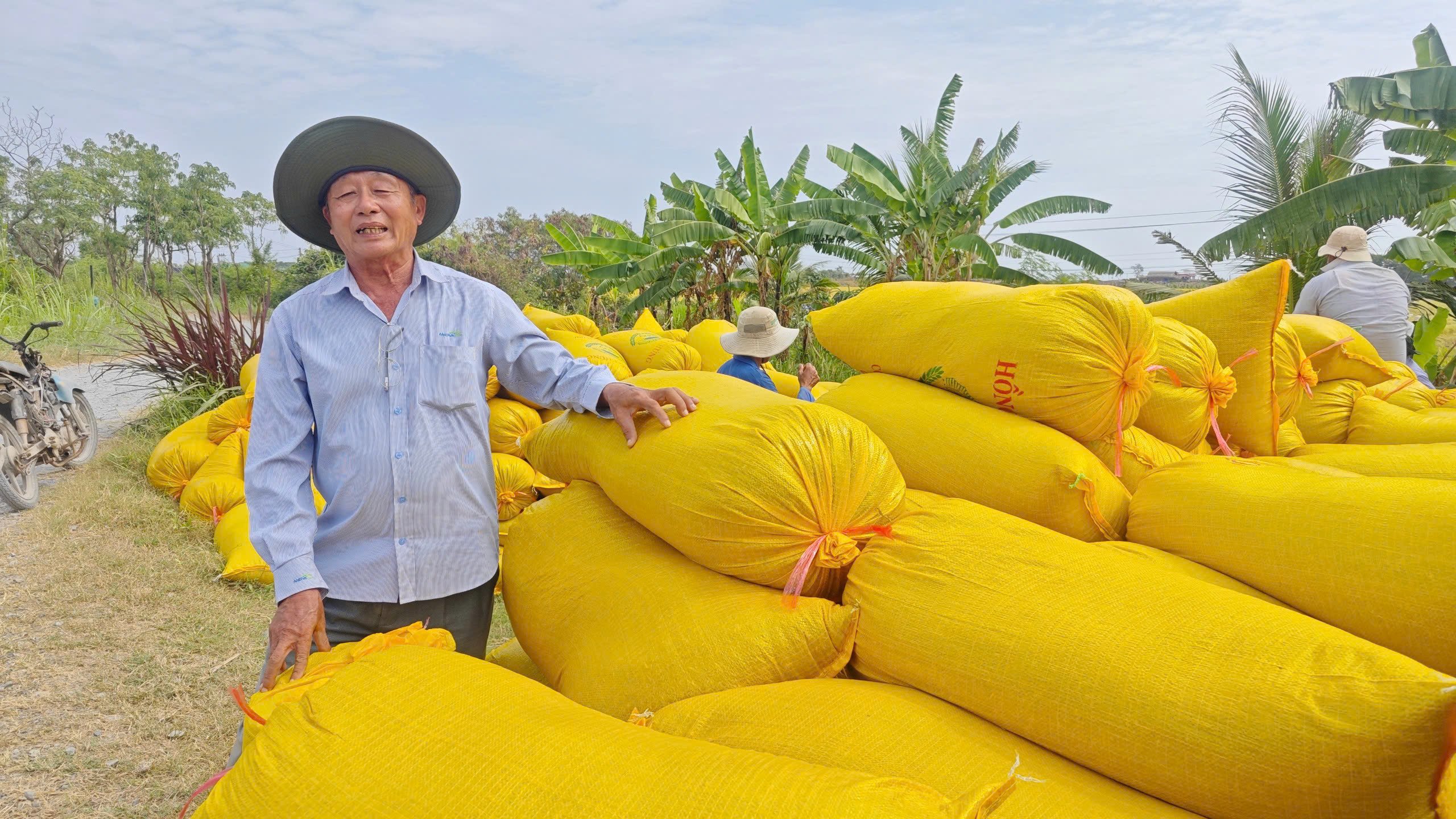
Harvesting winter-spring rice crop 2025 in Go Cong Dong district, Tien Giang province. Photo: NGOC ANH
Not only lifting the export ban, India has recently adjusted a number of important policies to increase the value of rice exports and consolidate its position in the global rice market. The policies include: granting new HS codes for rice with geographical indications (GI), continuing to strengthen rice export contracts under the G2G ( government- to-government) model, implementing measures to develop high-quality rice, and supporting farmers.
The granting of a new HS code for GI rice is one of India's important policies. Thanks to that, this country has become the first country to grant an HS code for GI rice, marking an important turning point in the strategy of developing a high-quality and sustainable rice brand. By increasing rice export contracts in the form of G2G, India can stabilize the supply and protect the interests of domestic exporters. Recently, with G2G contracts, India has expanded its market and strengthened its export position in Southeast Asia and Africa.
In the current context, what recommendations do you have for Vietnamese management agencies and enterprises?
- In 2025, the global rice market will continue to face fierce competition among major exporting countries, while importing countries tend to expect price reductions. This forces rice-producing countries to adjust their production and export policies to maintain competitiveness.
The Vietnamese rice industry needs to focus on improving product quality and building strong brands to not only compete effectively in regional markets but also expand to higher-end markets. Specifically, promoting high-end rice varieties such as Jasmine, ST25, and organic rice to position Vietnamese rice as a high-value brand globally.
In addition, it is necessary to research and implement a GI certification system to enhance the authenticity and global recognition of Vietnamese rice. Focus resources on implementing the Project on sustainable development of 1 million hectares of high-quality and low-emission rice cultivation associated with green growth in the Mekong Delta by 2030. Developing high-quality rice and specialty rice not only helps increase export value but also improves profit margins and differentiates itself from competitors.
At the same time, it is necessary to continue diversifying the market. Besides focusing on exporting to key markets such as the Philippines, Indonesia..., it is necessary to expand to other potential markets such as Europe, the US, the Middle East, West Asia, Africa and the Muslim market with Halal products. At the same time, it is necessary to strengthen G2G trade agreements to improve market safety and competitive position; maximize benefits from trade agreements...
For businesses, it is necessary to proactively grasp market trends, improve product quality and comply with international standards. Strengthen cooperation with foreign partners, especially in the field of logistics and distribution, to reduce costs and increase profits.
Source: https://nld.com.vn/xuat-khau-gao-hoa-giai-thach-thuc-196250316215837497.htm












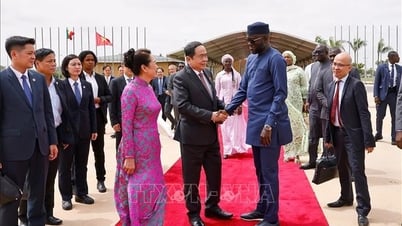










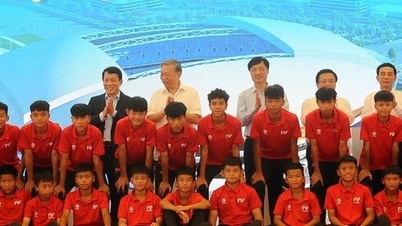
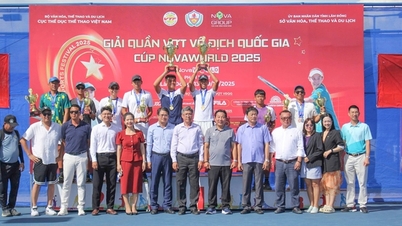
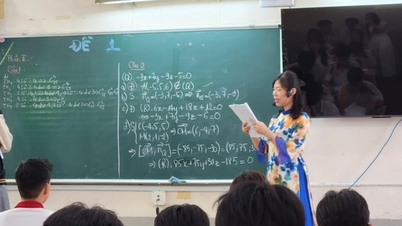
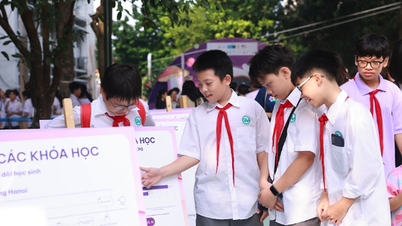
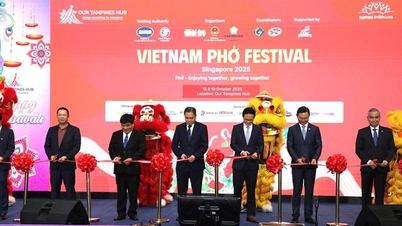
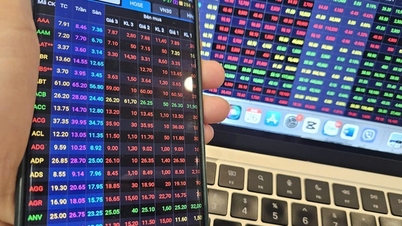



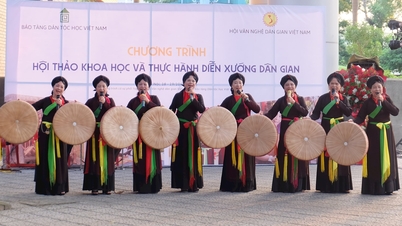



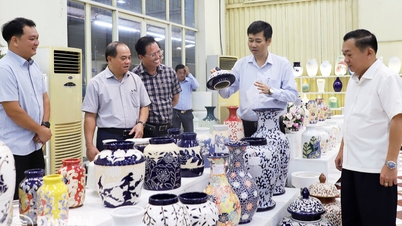

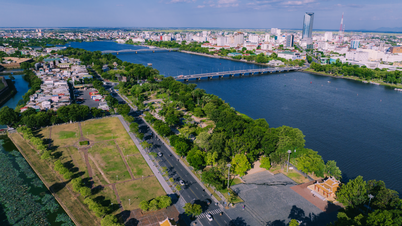








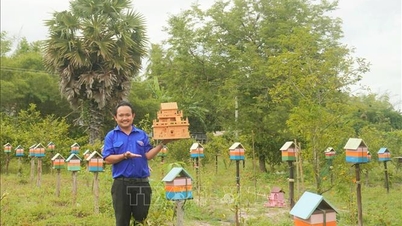
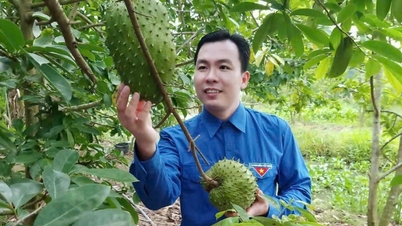
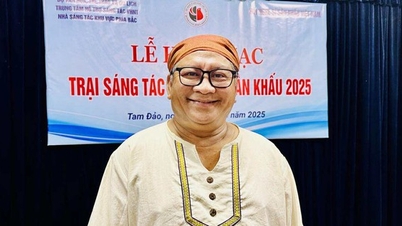
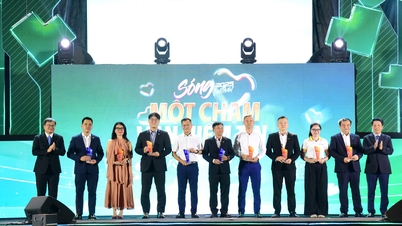



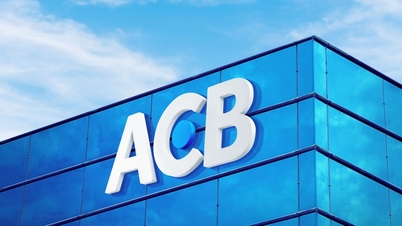

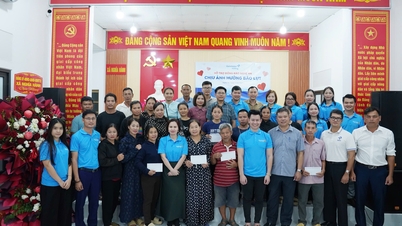
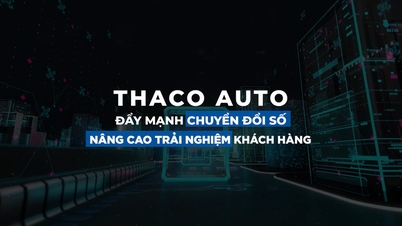


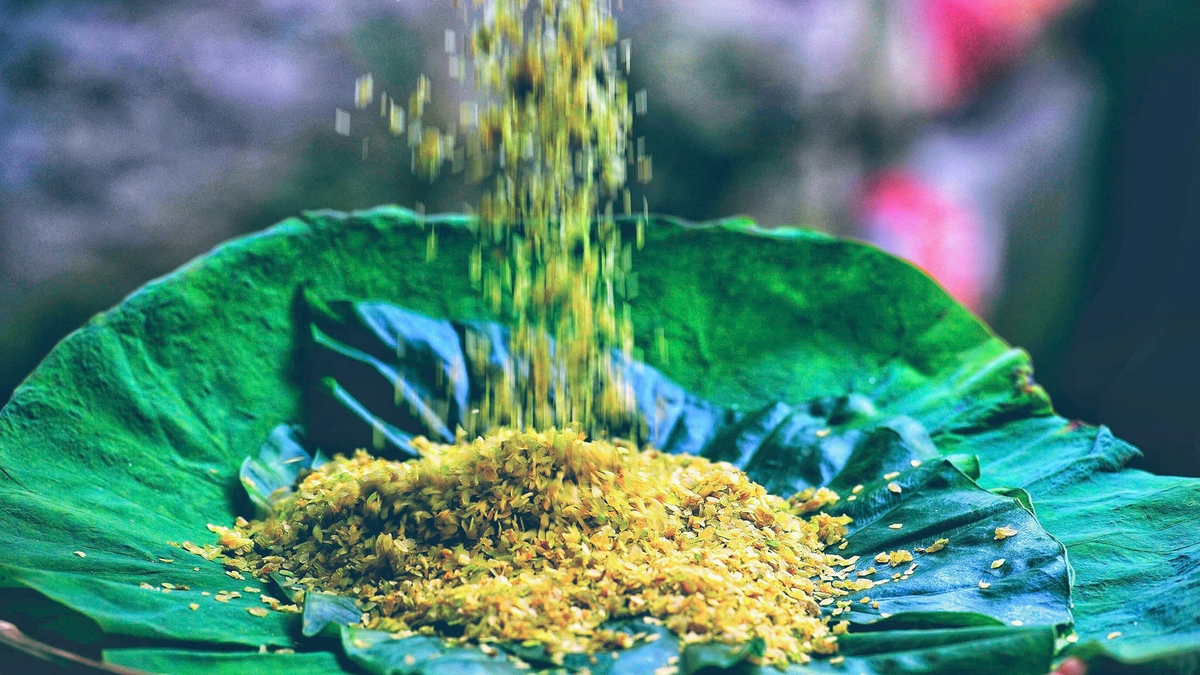



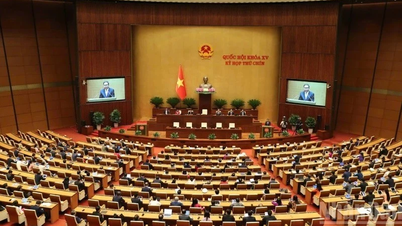
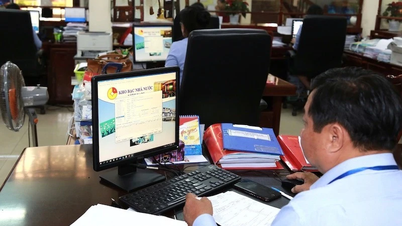
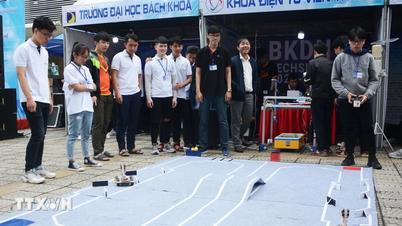
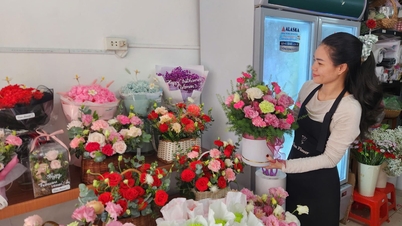



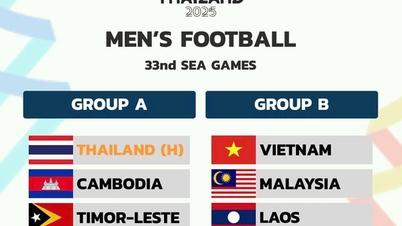

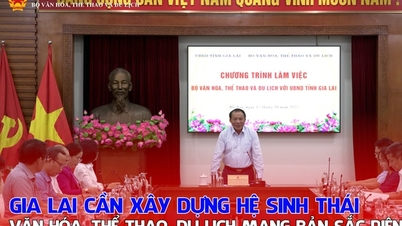
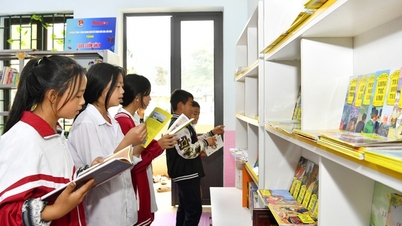

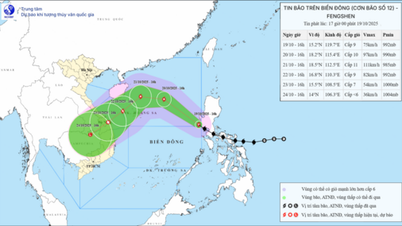


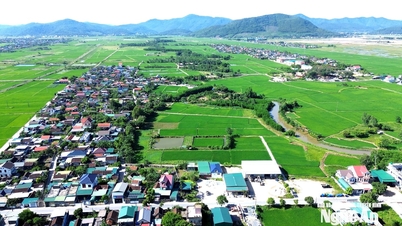
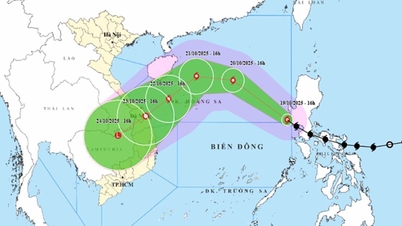

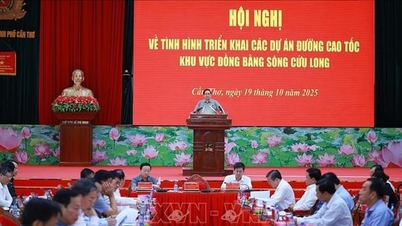

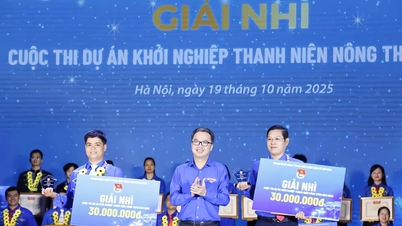


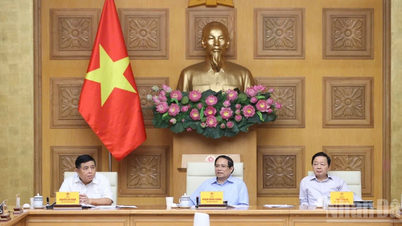
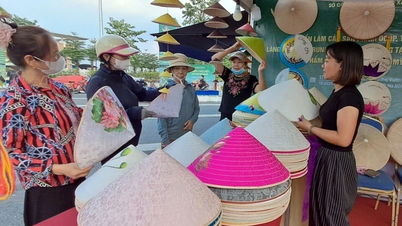
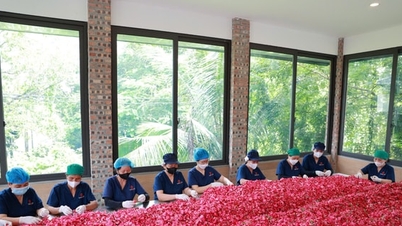
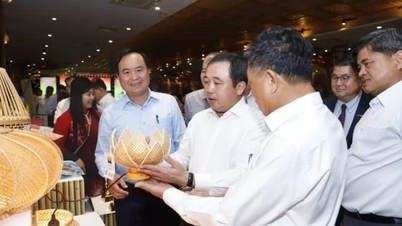
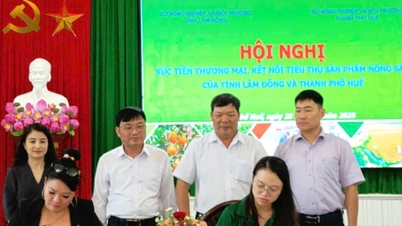


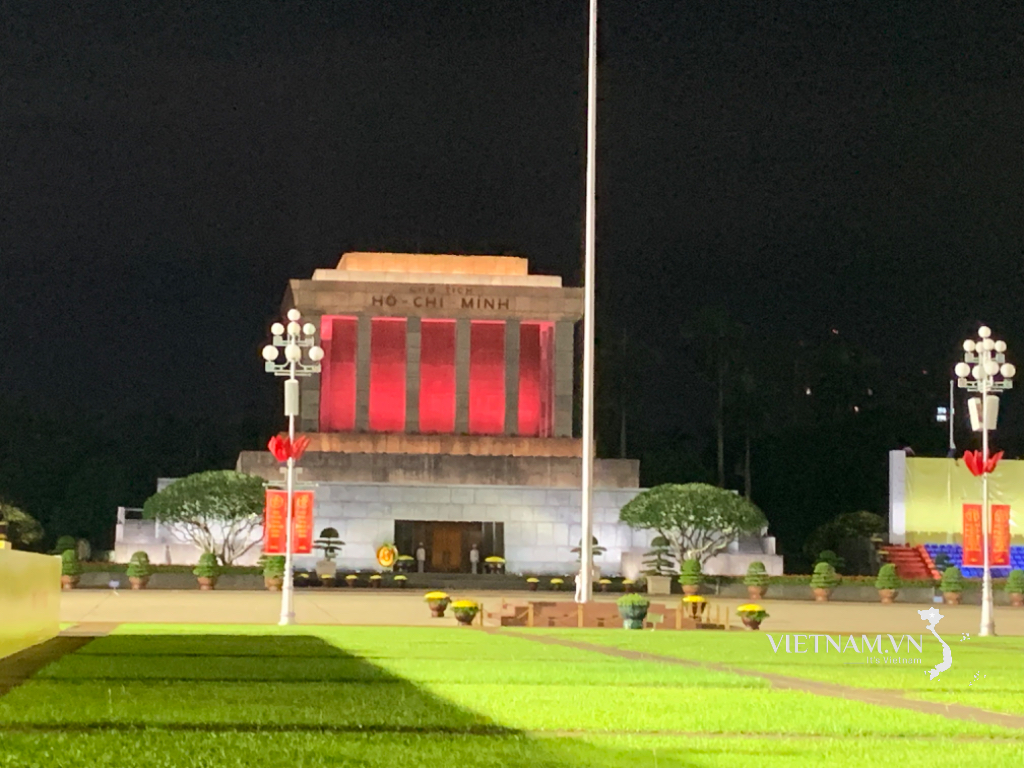


Comment (0)